The Koi (also known as "Nishikigoi") are rapidly becoming popular in the United States as pets. However, few people know where and how they came to be. The first of the species were produced by breeding the Asian and German carp. They have been selectively bred for years, after which different kinds of color mutations started to show up. The earliest recorded color patterns was around 1805. To date, there are many (by the thousands) of color variations available.
Popular colors include yellow, white, silver, black, blue, orange, green and red. There are endless possibilities of combination of patterns. Each come with their own names, and these names are based on their color and pattern. The favorite types may differ, depending on the location and country.
These fish are being raised for sale in various countries, such as Singapore, Japan, Israel, and in warmer states in the U.S. such as California and Nevada. The fish can be bought at many local pet stores. If they don't have the stock readily available, they can be ordered. By ordering, the advantage of this is that the buyer will have more options, since they don't have to pick from the stock on hand. On the other hand, the disadvantage of this is that the buyer won't be able to pick the specific Koi that they want to have.
Unlike most of the other fish out there, they will continually grow until they'll reach the maximum size of their breed (no matter where they're being placed in). The infant ones are in lengths of 3 inches, while the biggest ones can reach around 3 feet or more! Their most common size is around 2 feet long. As for their age, they have been known to live up to 30 years old (under the right conditions), the oldest of which have lived up to 233 years!
The Koi are omnivorous, feeding on both meat and plants. And this results in the versatility of their diet. They will eat almost anything that you feed them, and it doesn't matter if its good for them or not. The owner should be the ones to control what and how much they eat, as they have no ability to judge what's good or not for their diet, and the amounts that they should be taking on a daily basis as well. The healthiest treats for them are the natural food, such as tadpoles and earthworms, and other treats like bread, lettuce, veggies and fruit.
Owners should take necessary precautions when feeding them with beans, corns and grapes, as these food contain an outer casing, which can't be properly digested by the fish if eaten by them. The outer casings should be removed completely before feeding those to them.
The Koi are known to be non-aggressive fish, suitable of living and mingling with other fish like the goldfish and comet. The only problem here is that if they will find smaller fish in their path, probability is that they may eat them (for they are quick eaters!). This kind of fish don't have teeth, which is why they can be fed out of their owners hand as well (a great past time for their owners!). For this, breeding is a truly a fun hobby for lovers of this fish.

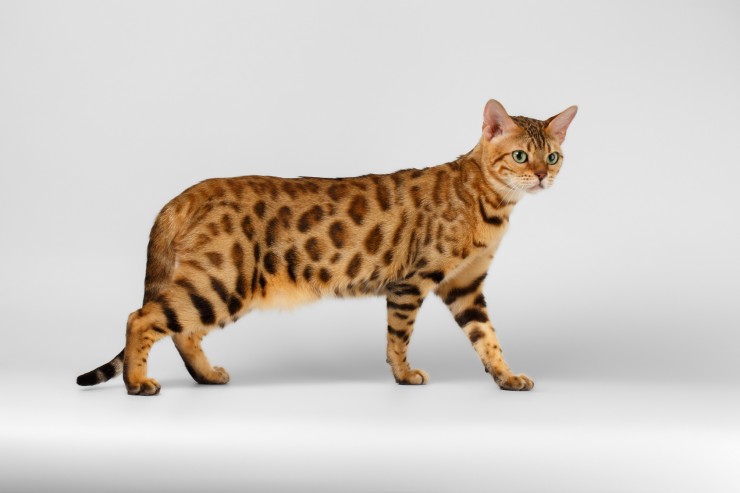 At What Age Should Male Cats Be Neutered?
At What Age Shoul
At What Age Should Male Cats Be Neutered?
At What Age Shoul
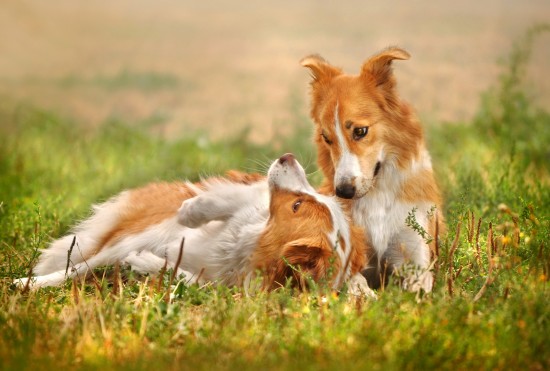 Dogs And Their Eye Contact With Each Other, And What This Means
Dogs And Their Ey
Dogs And Their Eye Contact With Each Other, And What This Means
Dogs And Their Ey
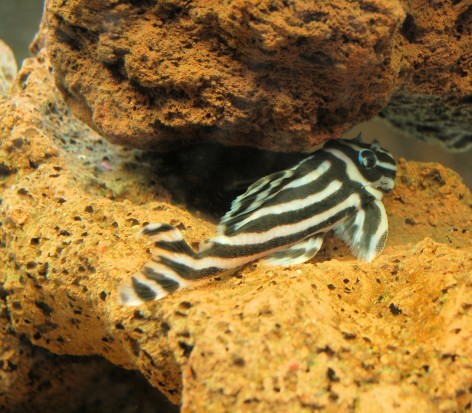 Keeping Catfish As Pets
Keeping Catfish A
Keeping Catfish As Pets
Keeping Catfish A
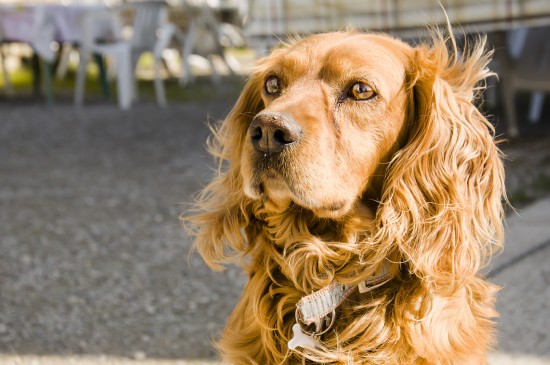 Rage Syndrome In Spaniels And Other Dogs
Rage Syndrome In
Rage Syndrome In Spaniels And Other Dogs
Rage Syndrome In
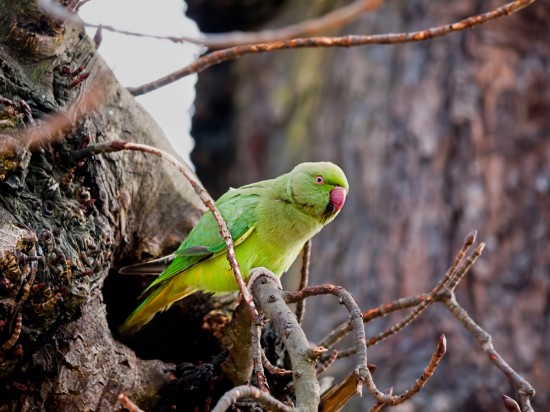 Exotic Birds Living Wild In London - The Feral London Parrots
Exotic Birds Livi
Exotic Birds Living Wild In London - The Feral London Parrots
Exotic Birds Livi